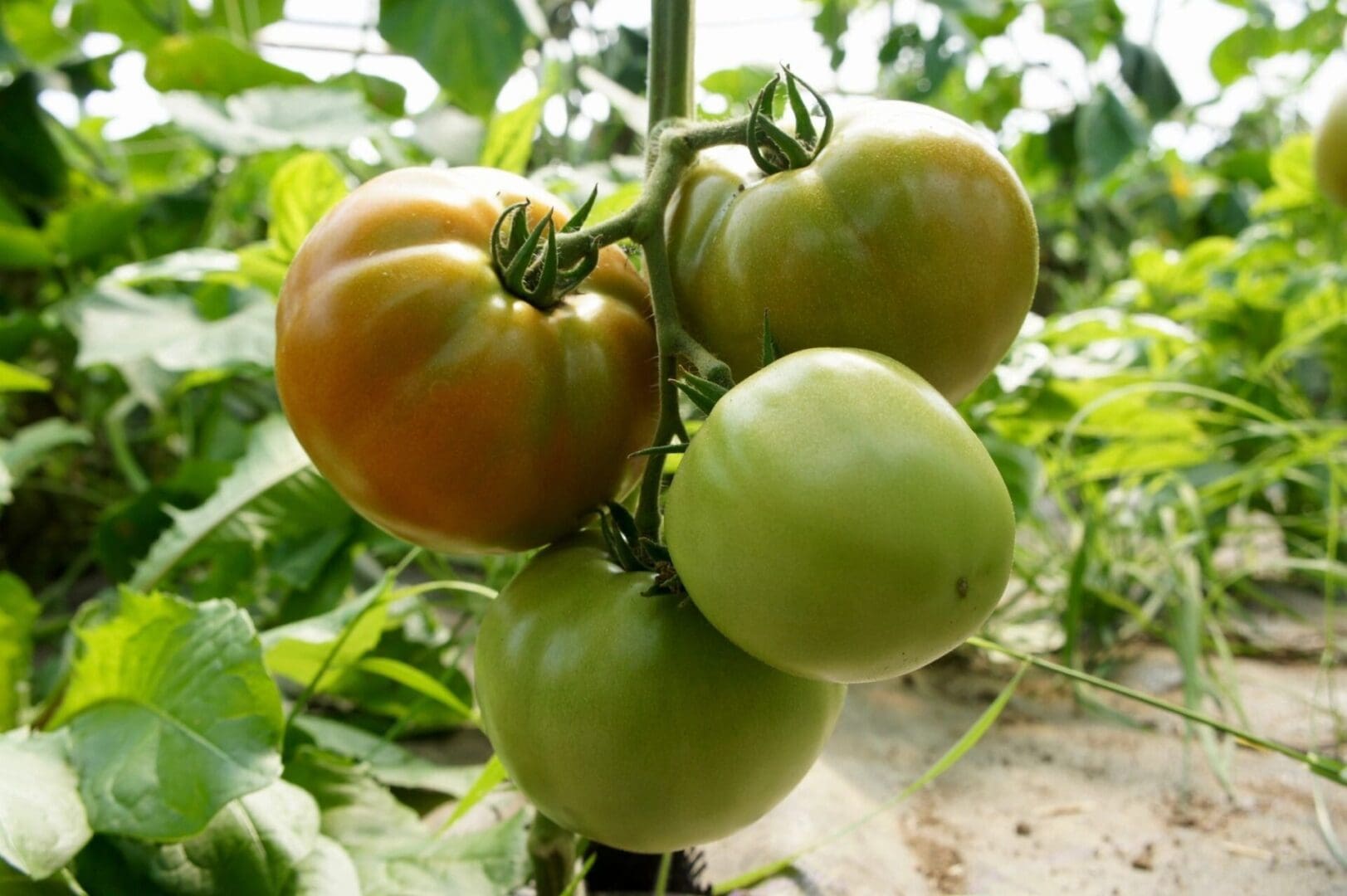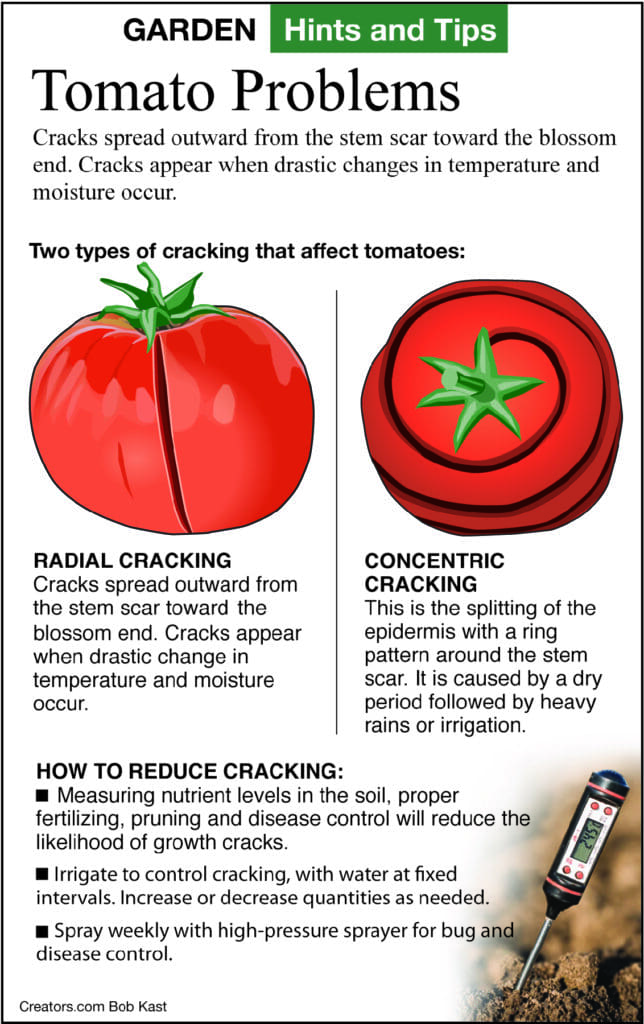Search Posts
Recent Posts
- In the news: Quick recap of the week’s news… 6.14.25 June 14, 2025
- Drowning in corruption in Bonnet Shores: Hundreds sign petition. No action by lawmakers. June 14, 2025
- Rhode Island Weather for June 14, 2025 – Jack Donnelly June 14, 2025
- Burn with Kearns: Train smarter, not harder. Multi-use fitness tools – Kevin Kearns June 14, 2025
- Out & About in RI: Miriam Hospital Gala raises over $890,000 June 14, 2025
Categories
Subscribe!
Thanks for subscribing! Please check your email for further instructions.

A Greener View: Vegetable Garden Questions – Jeff Rugg
by Jeff Rugg, contributing writer
Q: We planted a new vegetable garden with a lot of different vegetable seeds. We killed the existing lawn grass by scraping the plants off, and we did some digging to loosen the soil. We covered the garden with 2 to 4 inches of bark mulch from the city to keep out the weeds. The city grinds up branches from tree trimming around power lines. We have kept the garden moist, mostly by rain. The only plants to come up are the peas. Nothing else is growing at all. It has been over two weeks. We are new to gardening, but shouldn’t more than peas be sprouting by now?
A: Peas do tend to sprout faster than many other vegetables. Two weeks is a long time to wait, but warm-season vegetable seeds might need a little longer if the soil is cold. I think the mulch might be your problem. Mulch is great at keeping vegetable garden soil evenly damp and preventing some weed seeds from sprouting. But I think it may be keeping your vegetables from sprouting, too. If you know where the seeds were planted, pull back the mulch or try planting over again with the mulch pulled back from the planting row. After the plants have grown a few inches tall, you can push it back around the plants.
Another thing you could try is planting the seeds in potting soil indoors. You can use anything you want for a container, such as paper cups, any kind of pot or a milk jug that has been cut in half. All you need is for the soil to stay damp for the next couple of weeks. After the plants grow their first true leaves, not just the seed leaves, you can plant them. They don’t even need much light for the time they are sprouting.

Q: Last year, my tomatoes had dry, circular rings around the skin. This year, they don’t seem to be growing well again. They have not yet set fruit, and I want to prevent last year’s problems. What can I do?
A: The dry weather many people had last year was the cause of many tomato woes. This spring, the nation has seen a drought out west, hot and then cold weather in the Midwest, and too much rain in the South. Just to make weather interesting, the three areas will probably switch between the time I write this and the time you read it.
The dry, circular rings are caused by changes of water in the soil, especially dry weather followed by too much rain or too much watering. If the fruit reaches its full size for the weather conditions the plant is in and starts to turn color, then the plant receives more water and the fruit will stretch and crack. Cracked tomatoes are still edible even if they are ugly. If the crack is deep, bacteria and fungi can enter the fruit, causing it to rot.
Tomatoes aren’t the only vegetables with growth ring problems. Cabbage, carrots, potatoes and sweet potatoes can all crack if they try to continue growing after they have reached a mature size.
Tomatoes and most other garden vegetables and vines prefer to receive water on a slow and continuous basis. Use a soaker hose, drip irrigation or other slow method and you will lose less water to evaporation and give more to the plants. An old milk jug with a few holes poked in the bottom and filled with water will water the plant all day long. Overhead watering in the garden can allow disease organisms to grow on the flowers, fruit and leaves. Watering in the morning before the plant needs it is better than waiting until it is already dry. If the plant is dry, don’t wait until the next morning to water it.
Use organic mulch in the garden to help hold the moisture in place. Soil that is exposed to the air will wick water out of the ground and form a crust into which it is hard for roots to grow.
___
To read more columns on gardening by Jeff, go to: https://rinewstoday.com/?s=jeff+rugg

Email questions to Jeff Rugg at info@greenerview.com.
To find out more about Jeff Rugg and read features by other Creators Syndicate writers and cartoonists, visit the Creators Syndicate website at www.creators.com.
COPYRIGHT 2023 JEFF RUGG – DISTRIBUTED BY CREATORS
